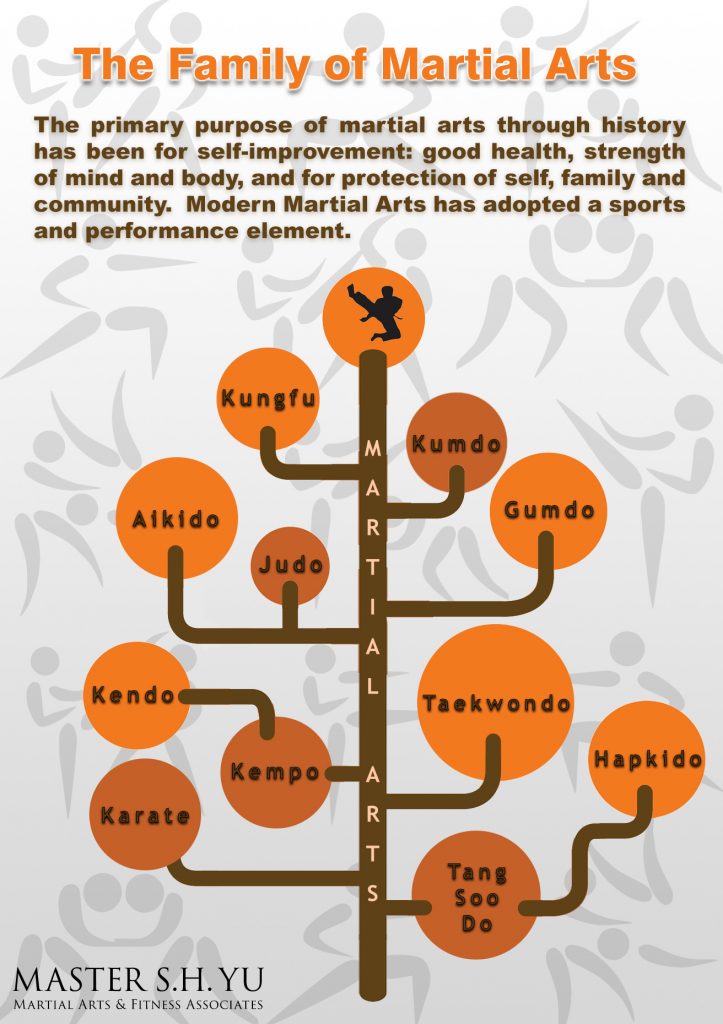The Worldwide Trip And Development Of Martial Arts Throughout History
The Worldwide Trip And Development Of Martial Arts Throughout History
Blog Article
Article Author-Kaufman Liu
Martial arts have an interesting background that extends centuries and continents. You might find it fascinating how ancient practices like Shuai Jiao and Kalaripayattu laid the groundwork for modern fight strategies. These techniques not only emphasize physical abilities yet likewise mirror the cultures that birthed them. As you explore their advancement, think about exactly how globalization has actually transformed these standard forms into crossbreed styles. What influences do you believe have shaped today's martial arts landscape?
Ancient Martial arts: The Structures of Battle
As you look into the world of ancient martial arts, you'll discover the rich structures that shaped fight techniques throughout cultures. Very early techniques focused on Self-Defense and survival, frequently incorporating strikes, grappling, and weaponry.
In ancient China, as an example, methods like Shuai Jiao highlighted throws and joint locks, while India's Kalaripayattu showcased dexterity and fluid motion. Japanese samurai developed Kenjutsu, a refined swordsmanship that highlighted self-control and strategy.
These martial arts offered not just for battle however likewise as a way of personal advancement, instilling values like regard and perseverance. god of martial arts blending of these methods over time laid the groundwork for the diverse martial arts you see today, each reflecting the special viewpoints and demands of its culture.
The Cultural Influence on Martial Arts Development
While martial arts usually mirror the functional needs of a culture, they additionally embody the social values and ideas of their origins. When you check out different martial arts, you'll observe how they're influenced by religious beliefs, approach, and social standards.
For example, the emphasis on regard and technique in Japanese martial arts originates from Zen Buddhism and samurai society. On the other hand, Brazilian Jiu-Jitsu advertises adaptability and method, formed by the requirement for efficiency in a diverse, modern environment.
You might discover that the rituals, uniforms, and training methods reflect an area's background and identification. By comprehending these cultural impacts, you deepen your admiration of martial arts and their function in shaping human experiences around the world.
Modern Adaptations and the Globalization of Martial arts
Martial arts have actually changed considerably in current years, adapting to modern culture and global impacts. just click the next post 'll notice that conventional types have combined with modern strategies, creating hybrid styles like mixed martial arts. These adjustments deal with diverse target markets, making martial arts accessible and enticing around the world.
With the rise of social media and electronic systems, you can find tutorials and competitors from all edges of the world, breaking geographical barriers. https://shanehraks.anchor-blog.com/14715950/take-charge-why-female-s-self-defense-classes-matter has brought about a common appreciation for various disciplines, from Brazilian Jiu-Jitsu to Taekwondo.
As you involve with these arts, you'll understand they're not nearly battle; they promote health and fitness, technique, and mental well-being.
Inevitably, modern adaptations have enriched the martial arts landscape, making it a dynamic and evolving method.
Final thought
In discovering the background and evolution of martial arts, you discover an interesting blend of methods, cultures, and approaches. From ancient techniques like Shuai Jiao and Kalaripayattu to the modern-day versatility seen in mixed martial arts, martial arts mirror humankind's mission for Self-Defense and personal development. As you involve with these techniques, you not just gain skills however likewise a much deeper admiration for the varied practices that form our globe today. So, proceed your trip and embrace the art of combat!
